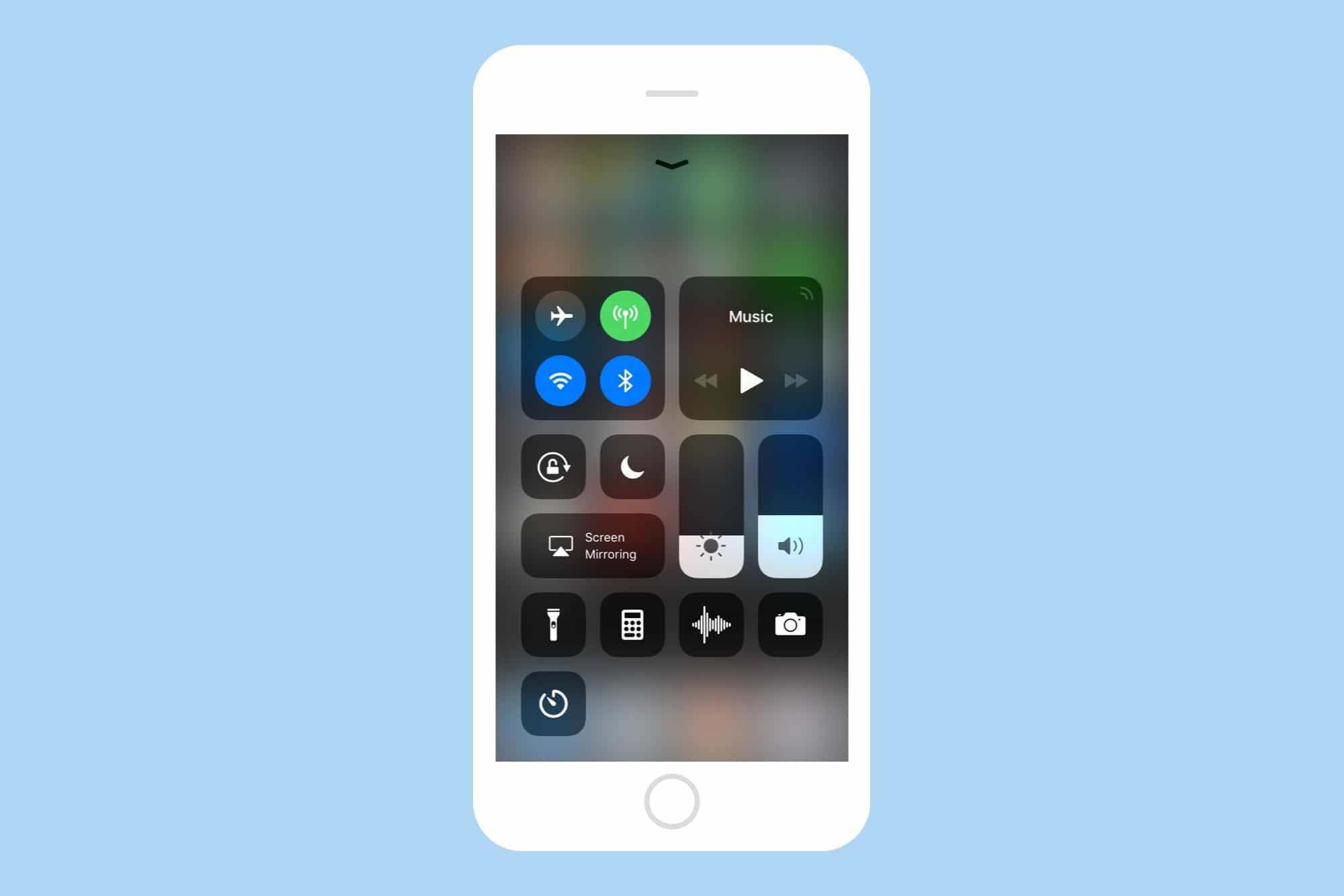Downloaded iOS 11 but found that you don’t like it for whatever reason? Well, too bad — because Apple has officially done away with the ability to let you downgrade back to iOS 10.
As it usually does following the release of refreshed versions of iOS, Apple’s stopped signing iOS 10.3.3, last year’s final version of Apple’s iPad and iPhone operating system. While Apple always gives a brief window to let you downgrade to the previous version should you want, that window has now closed for iOS 10.
iOS 10.3.3 rolled out in July. The release fixed a serious vulnerability in the Wi-Fi chips used in iPhone, iPad, and iPod touch devices, allowing an attacker to remotely take control of your device over a wireless network.
Stopping signing the update means that there is now no way to turn back from iOS 11. That means that, if you’re running an older handset which may struggle with iOS 11 (iPhone 5s, we’re looking at you!), make sure you don’t accidentally update your software as there will be no option to return things to how they were before.
The iOS 11 story so far
iOS 11 adds a host of new features, including updated Control Center, new Notification Center, and more. Since iOS 11 first dropped, Apple has released two subsequent software updates: the first one fixing some minor bugs, and the second fixing the crackling earpiece issue on certain iPhone 8 and iPhone 8 Plus handsets.
At present, according to data analytics company Mixpanel, iOS 11 is installed on roughly 40.55 percent of eligible iOS devices. That’s slightly slower than last year’s iOS 10 update, which managed to show up on 48.16 percent of devices after the same period following release.
Have you upgraded to iOS 11 yet? Are you avoiding doing so and, if you are, why is that? Let us know your circumstances in the comments below.



5 responses to “It’s too late to turn back if you’ve upgraded to iOS 11”
I’m still avoiding the update, because for every update so far I read there are many, many bugs… Although not a bug itself, I’m really cautious about battery life and so far I’m only reading bad battery life with iOS 11…
Me too. Who knows what 32 bit apps I have hanging around that will get killed in the process. Thanks Apple. Now I’m going to have to repeatedly and forever deny the forced update nag screen that keeps coming up. My iPad Air is the last iOS device I have and at this point having moved on to a much more advanced and open platform, I think it’s time to give up on iOS for good.
I’m an iPhone 7 owner. I didn’t feel comfortable to update to iOS 11. All those critics on it, are making me avoid this update.
I have updated to iOS11 and I absolutely HATE IT. My iphone 6 suddenly runs slower when switching between screens or going back to a previous page. It requires an extra step to read my messages, and texting is a nightmare. Suddenly it is predicting (although I have now turned off that in settings) words that make no sense or inserting entire two or three word phrases when I inadvertently misspell a word. I have to meticulously check my texts before sending because the entire message has now been changed. When I touch an email in my inbox it takes a good 3-4 seconds to actually go to the email, and when I hit the back arrow to return to the inbox nothing happens. Its as if the screen has suddenly become unresponsive. Don’t know what you were thinking here Apple, but this update is the worst yet.
Did you try to clean install? Updating to a new version of iOS with all apps in place is sometimes a super bad idea. To clean install, back up your device to keep your text messages and photos, then clean install and restore. Before backing up the device, I also backup data from third party apps to iCloud Drive, then delete the third-party apps before backing up the device. I do not delete third-party apps that cannot backup to iCloud Drive if I cannot easily restore the data. I just back them up normally through the device backup function. Doing this type of update takes a lot longer than updating through the Settings, but it is cleaner. Do it while watching Rogue One or somthing you enjoy but have seen 10 times already. After completing the upgrade, disable all of the transparency and animation stuff. You can do this in the accessibility settings. While I have never had a clean install disaster—and have been doing this type of update on Apple equipment since 1984—there is no guarantee. This is just how I upgrade. It may or may not work for other people. You have to pay attention to details.